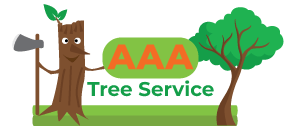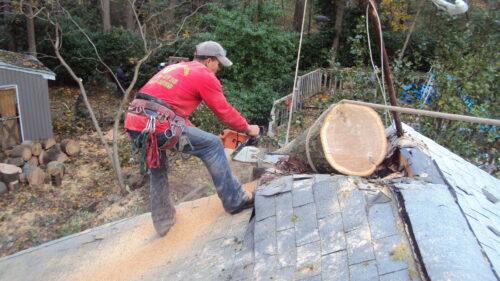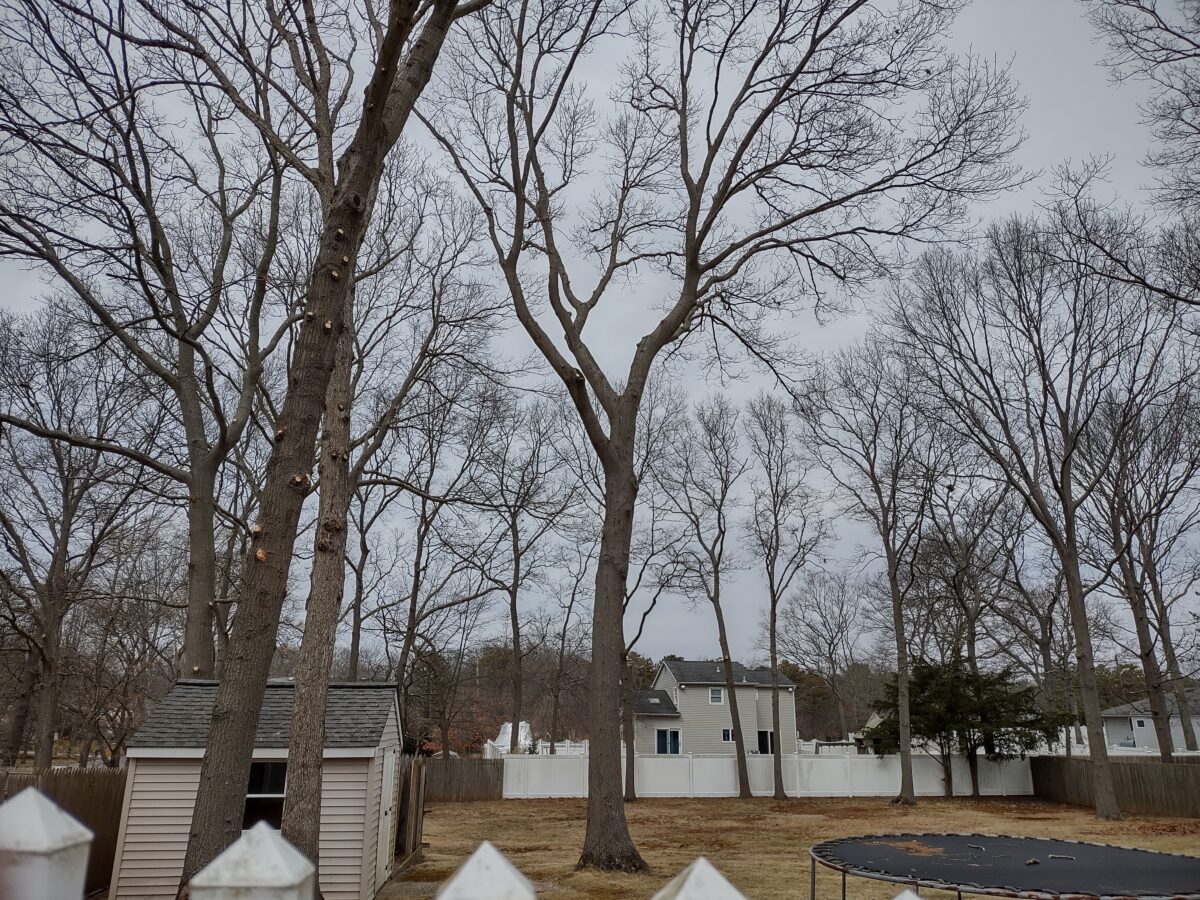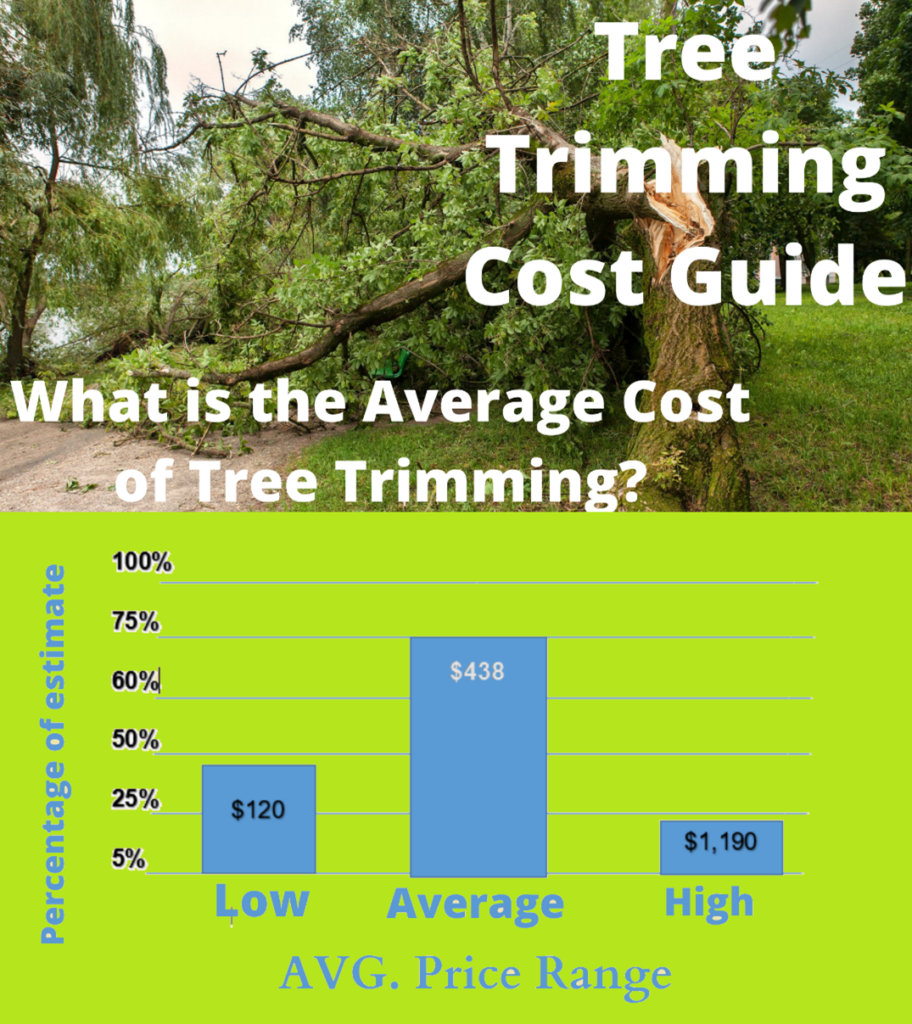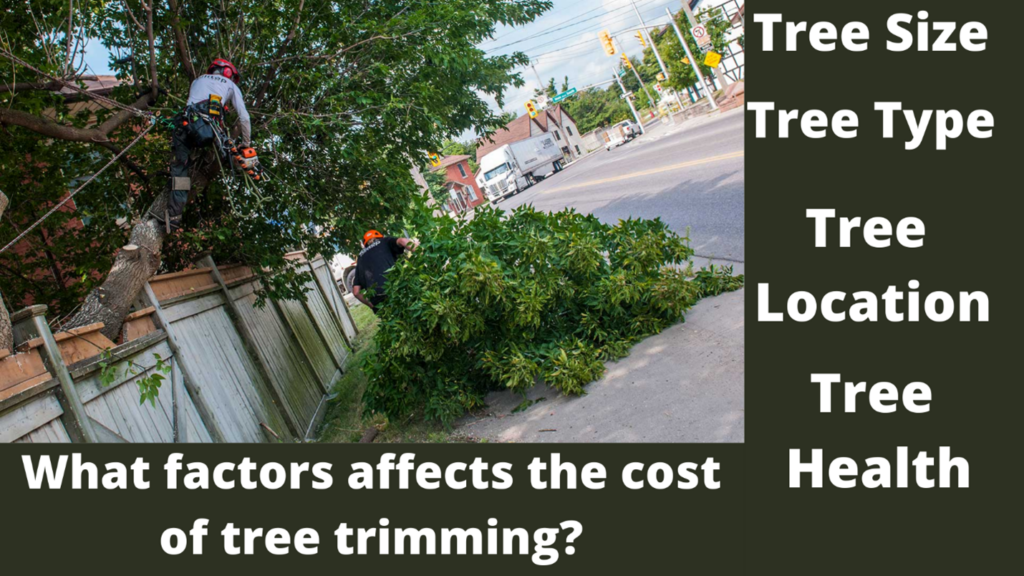Tree Pruning 10 Best Steps How Care a Tree
Tree pruning 10 best practices on tree care
Pruning has been called “truly outstanding, worst maintenance practices” performed on tree care.
There has been a lot of research data shared and discussed that supports the idea that it is most beneficial to prune trees of all species in the torpid season (winter). So most practicing arborists will agree that winter is the best time to prune.
There are also many reasons for this, but since there is such an awesome consensus on the issue I think this discussion should be progressively how the trees should be pruned.
Granted that, the most widely recognized tree care practice is pruning, speaking around 60% to 70% of daily operational activities in urban forestry. As climate change increases the frequency and intensity of storms, residents may turn out more likely to prune their trees also.
What are the best tree pruning practices?
There are top 10 tree pruning practices on tree care.
1. Safety pruning
In general leaders and branches are more or less prone to failure because of their angle of growth from the parent stem. Steep angles sometimes referred to as co-dominant – have a more prominent potential for failure.
Safety pruning should be focused on the reduction or elimination of these kinds of branches and leaders. Simply removing the tops from heads does not achieve safety for the same reason mentioned above in the case of pruning live limbs for clearance. The possible development of the leader in the form of water sprouts just makes the situation worse.
2.Proper structural pruning
It is the best pruning practice for tree longevity as well as probably the most overlooked approach by customers and so-called tree care experts. Since most site conditions in an urban area allow for more light to your tree than it was in the forest, your tree grows much differently than its natural structure. Popper development growth for your tree from the tree foundation is significant for the health of your tree later in life, especially in the context of storm damage prevention.
Few steps to proper structural pruning including:
- Choosing the branch that will be the prevailing trunk
- Classify branches that will be competing with the leading trunk
- Shortening or removing the branches
3.. Crown raising
Raising intends to “raise the crown” which frequently implies clearing some of the lower branches. To avoid leaving wounds or marks, the regular raising of the canopy should occur on younger trees.
The explanation behind raising is to accommodate more urban environments. It is commonly implemented when tree appendages get in the way of structures or individuals. The ideal clearance for structures is 10′-15′.
4. Crown Reduction
Crown reduction decreases the overall size of the tree and is normally an endeavor at making a too-large tree fit into its location. Frequently, this is the result of an ineffective place.
Tree in a location that cannot allow natural, growth. Crown reduction is another advanced pruning practice that typically requires a talented arborist.
5. Crown cleaning
It focuses on diminishing tree hazards and improving appearance. The process involves pruning to expel dead, dying, diseased, broken or poorly attached branches; crossing or rubbing branches; and, maybe, adventitious shoots, if excessively various.
The essential goal is removing non-useful plant parts, but minimal live tissue. This is a common pruning practice that not only improves the appearance as well as improves tree health.
6. Reduction pruning
Reduction pruning is regularly used for improving branching structure, growth, removing branch defected, or decreasing plant size. Concentrate on cuts that leave the smallest cut diameter to encourage faster wound recovery. This is a favored technique of reducing risk by shortening branches with large aspect ratios.
We can save your tree’s natural form but perform the necessary cuts to keep your tree healthy and practicable.
7. Canopy thinning
This is regularly performed on overgrown trees. Frequently, thinning is important for tree structural reasons. Likewise, expanded light penetration to support your grass or other plants grow is often a reason type of tree trimming. The best practice is to not remove over 15%-20% of the foliage on the tree and one should just be cutting branches that are 2 inches thick.
8. Removal of deadwood
Deadwood eventually falls from a tree if it is not removed first, presenting a risk to anyone and anything below it. More danger yet, dead wood tends to fall from
weather days rather than in storms, so the risk of it falling on people is greater than we may think.
Generally speaking, dead wood should be cut back to where there is live tissue and in a way that promotes the growth of live tissue over the wound. A certified arborist will know where best to make a slice to promote the quickest mending.
9.Removing live limbs from the tree
This is the best practice to remove branches that are in the way of something. Maybe satellite reception is poor due to an obstructing limb, or a view is obstructed, a light is covered, a branch is rubbing a building, etc.
When pruning to moderate these issues, we are most often removing live limbs from a tree. When we do this we should take care of the tree to make cuts that will heal and leave a proper terminal branch to the leader that is cut.
10.Tree pol larding
Pol larding is a pruning practice that keeps trees and shrubs smaller than they would naturally grow. It encourages the tree to grow regularly so you can maintain a supply of new wood for various purposes.
Pol larding usually starts on a young tree, and the process is reaped every year or two throughout the life of the tree.
Conclusion
Trees trimming is an important part of maintaining a property. However, how they are trimmed is critical to achieving positive results. We can do more damage than good if we do not understand the science behind the practice. So consult a tree care professional and check his or her credentials so you can understand the best practices as they relate to your trees.
